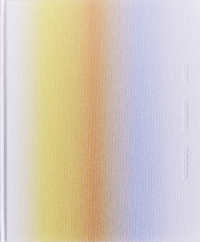- ホーム
- > 洋書
- > 英文書
- > Transportation
Full Description
This fully updated edition presents practices and principles applicable for the reconstruction of automobile and commercial truck crashes. Like the First Edition, it starts at the very beginning with fundamental principles, information sources, and data gathering and inspection techniques for accident scenes and vehicles. It goes on to show how to analyze photographs and crash test data. The book presents tire fundamentals and shows how to use them in spreadsheet-based reverse trajectory analysis. Such methods are also applied to reconstructing rollover crashes. Impacts with narrow fixed objects are discussed. Impact mechanics, structural dynamics, and conservation-based reconstruction methods are presented. The book contains a comprehensive treatment of crush energy and how to develop structural stiffness properties from crash test data. Computer simulations are reviewed and discussed.
Extensively revised, this edition contains new material on side pole impacts. It has entirely new chapters devoted to low-speed impacts, downloading electronic data from vehicles, deriving structural stiffness in side impacts, and incorporating electronic data into accident reconstructions
Contents
1. General Principles 2. Tire Models 3. Subdividing Noncollision Trajectories with Splines 4. A Program for Reverse Trajectory Calculation Using Splines 5. Time-Distance Studies 6. Vehicle Data Sources for the Accident Reconstructionist 7. Accident Investigation 8. Obtaining Electronic Data from Vehicles 9. Getting Information from Photographs 10. Measuring Vehicle Crush 11. Filtering Impulse Data 12. Obtaining and Using NHTSA Crash Test Data 13. Analyzing Crash Pulse Data 14. Downloading and Analyzing NHTSA Load Cell Barrier Data 15. Rollover Investigation 16. Rollover Analysis 17. Vehicle Structure Crash Dynamics 18. Impact Mechanics 19. Reconstruction Using Conservation of Momentum and Energy 20. Constant-Stiffness Structures and Crash Plots 21. Crush Energy in Accident Vehicles and Nonlinear Structures 22. Structural Stiffness in Side Impacts 23. Narrow Fixed-Object Collisions 24. Crush Energy in Underride/Override Collisions 25. Low-Speed Impacts 26. Reconstructing Coplanar Collisions, Including Energy Dissipation 27. Checking the Results in Coplanar Collision Analysis 28. Incorporating Electronic Data into Accident Reconstructions 29. Simulation Models and Other Computer Programs








